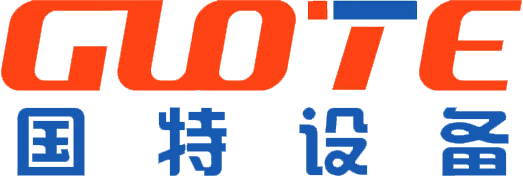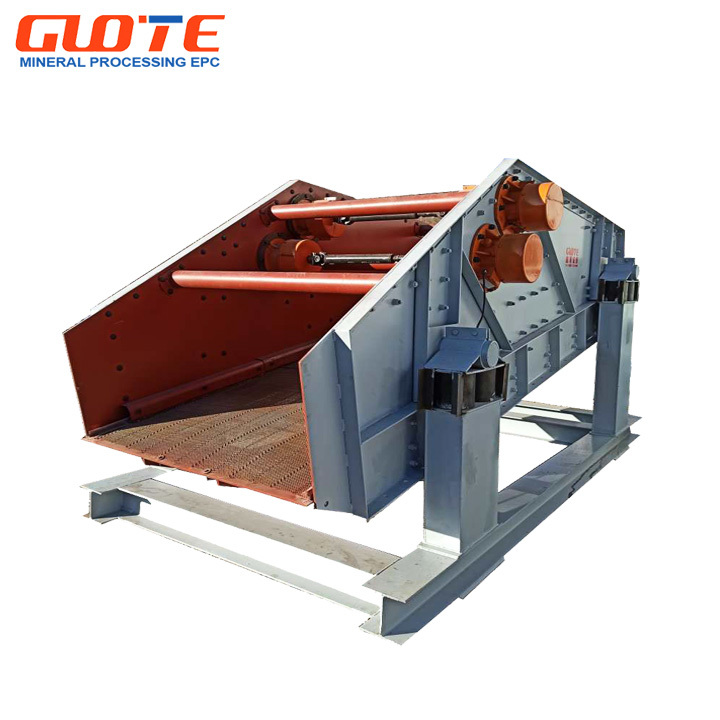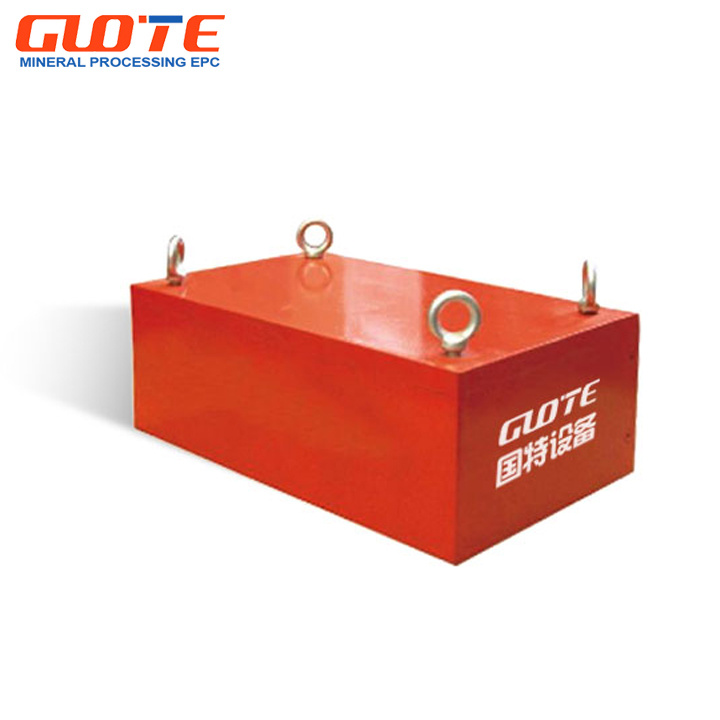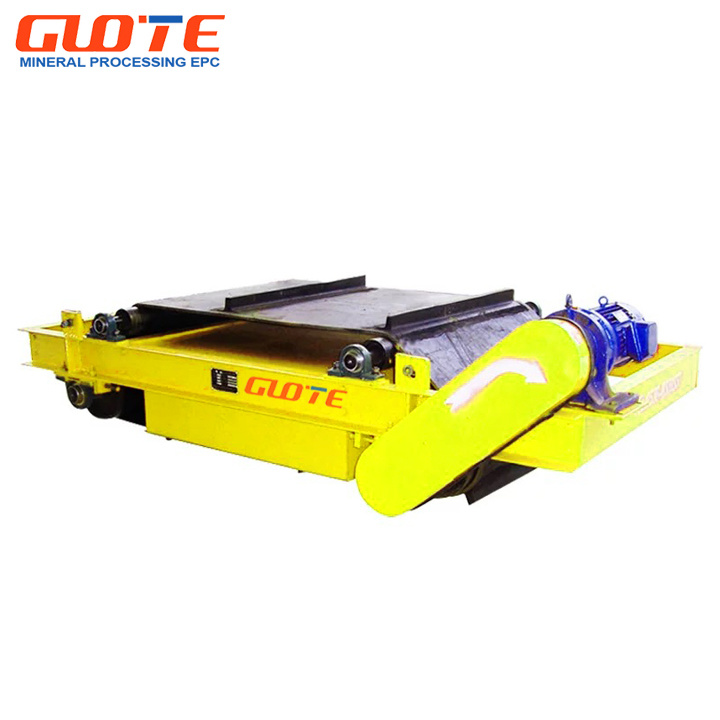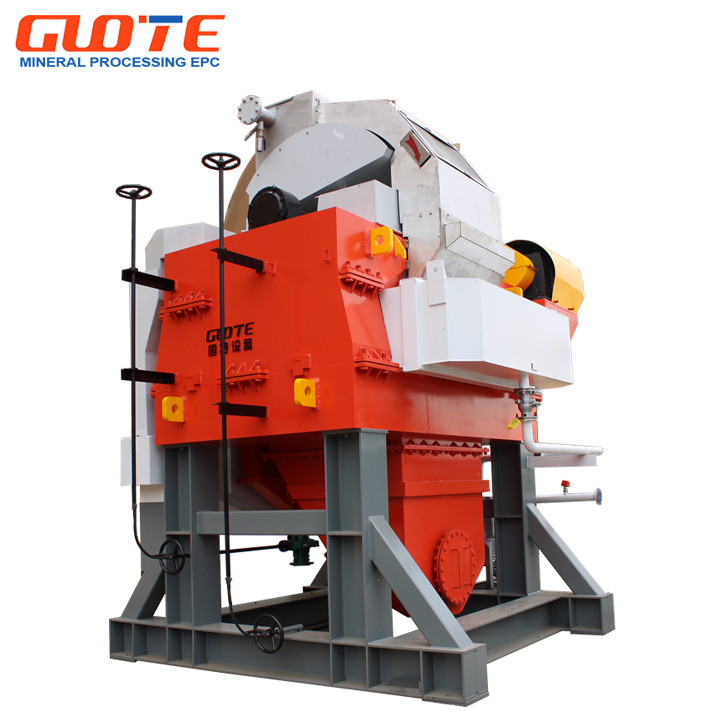Optimizing Quartz Powder Production: A Comprehensive Overview
Quartz powder, known for its versatility and wide range of applications, is produced using specialized production lines designed to meet the specific needs of various industries. The production process involves several key stages, each contributing to the final quality and characteristics of the quartz powder.
The initial step in a quartz powder production line is the extraction of raw quartz. High-purity quartz deposits are mined and then crushed into smaller pieces to facilitate subsequent processing. This initial crushing is crucial, as it determines the size and distribution of the quartz particles, which are vital for achieving the desired end-product specifications.
Following crushing, the quartz material undergoes grinding, which is typically performed using ball mills or other grinding equipment. The grinding process breaks down the quartz into fine particles, increasing the surface area and enhancing the reactivity of the material. Precision in grinding is essential; too coarse a product may not meet application requirements, while excessive grinding can lead to unwanted impurities.
To ensure that the quartz powder produced meets stringent quality standards, various classification techniques are employed. Air classifiers or sieves are often utilized to separate particles based on size, ensuring a uniform particle distribution. This classification is particularly important for applications where specific particle size ranges are critical, such as in electronics, glass manufacturing, or ceramics.
Moreover, one of the significant considerations in a quartz powder production line is the control of contamination. It is essential to minimize the introduction of foreign materials during processing to maintain the purity of the quartz powder. This can be achieved through rigorous cleaning protocols, equipment maintenance, and the selection of appropriate processing materials.
In addition to technical aspects, the efficiency of a quartz powder production line can be enhanced through automation and optimized workflow design. Implementing automated systems for monitoring and controlling various stages of the process can lead to improved consistency and reduced labor costs. Furthermore, investing in energy-efficient machinery can provide long-term sustainability benefits.
In conclusion, a quartz powder production line involves a complex interplay of extraction, grinding, classification, and contamination control processes. By focusing on optimizing each stage, manufacturers can enhance the quality of quartz powder while also improving operational efficiency. Understanding these elements is crucial for professionals in the manufacturing and processing machinery sector who aim to excel in this competitive industry.
The initial step in a quartz powder production line is the extraction of raw quartz. High-purity quartz deposits are mined and then crushed into smaller pieces to facilitate subsequent processing. This initial crushing is crucial, as it determines the size and distribution of the quartz particles, which are vital for achieving the desired end-product specifications.
Following crushing, the quartz material undergoes grinding, which is typically performed using ball mills or other grinding equipment. The grinding process breaks down the quartz into fine particles, increasing the surface area and enhancing the reactivity of the material. Precision in grinding is essential; too coarse a product may not meet application requirements, while excessive grinding can lead to unwanted impurities.
To ensure that the quartz powder produced meets stringent quality standards, various classification techniques are employed. Air classifiers or sieves are often utilized to separate particles based on size, ensuring a uniform particle distribution. This classification is particularly important for applications where specific particle size ranges are critical, such as in electronics, glass manufacturing, or ceramics.
Moreover, one of the significant considerations in a quartz powder production line is the control of contamination. It is essential to minimize the introduction of foreign materials during processing to maintain the purity of the quartz powder. This can be achieved through rigorous cleaning protocols, equipment maintenance, and the selection of appropriate processing materials.
In addition to technical aspects, the efficiency of a quartz powder production line can be enhanced through automation and optimized workflow design. Implementing automated systems for monitoring and controlling various stages of the process can lead to improved consistency and reduced labor costs. Furthermore, investing in energy-efficient machinery can provide long-term sustainability benefits.
In conclusion, a quartz powder production line involves a complex interplay of extraction, grinding, classification, and contamination control processes. By focusing on optimizing each stage, manufacturers can enhance the quality of quartz powder while also improving operational efficiency. Understanding these elements is crucial for professionals in the manufacturing and processing machinery sector who aim to excel in this competitive industry.
Quartz powder production line
Previous Page
Previous Page
Related Products
Related News

